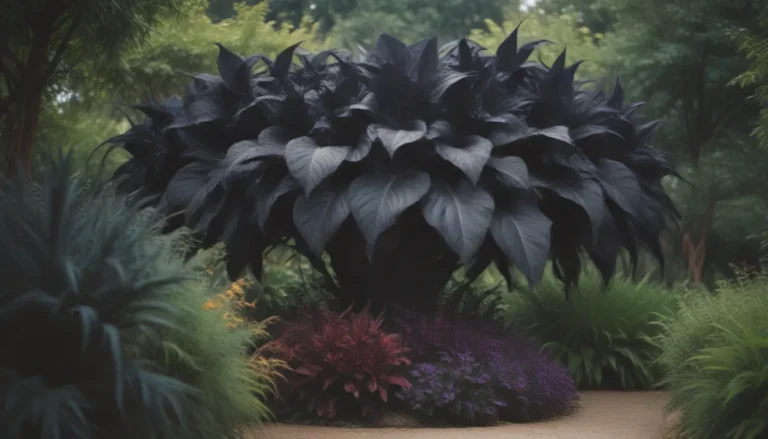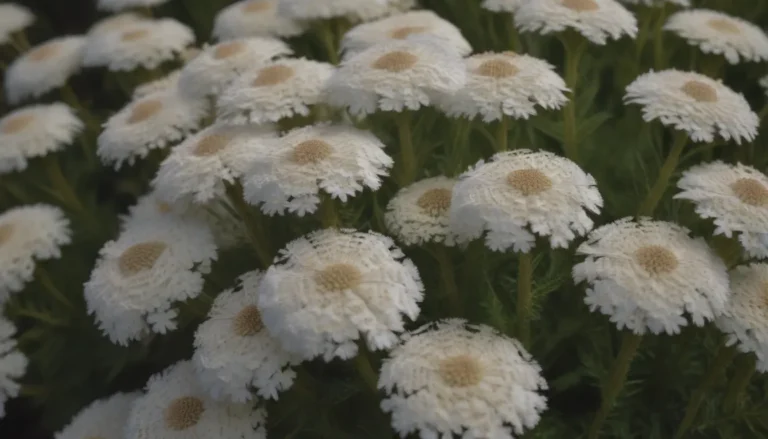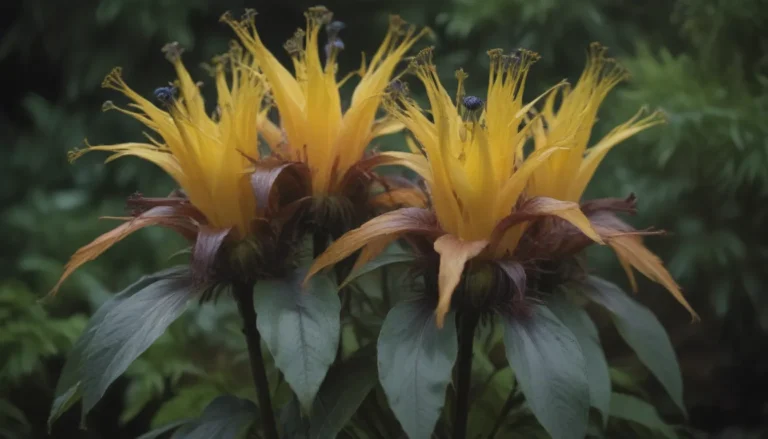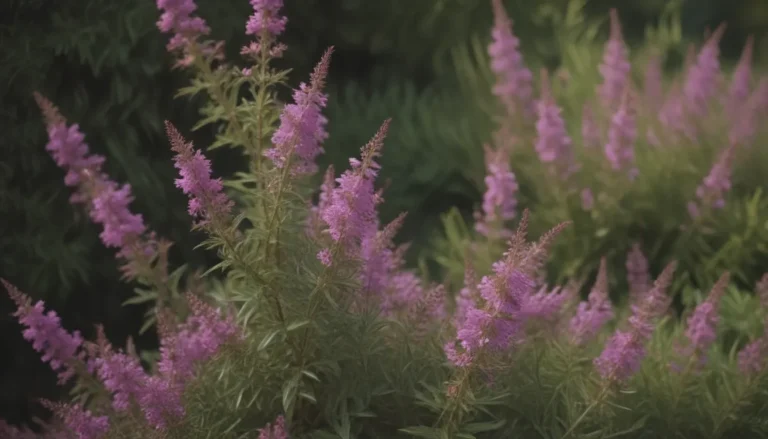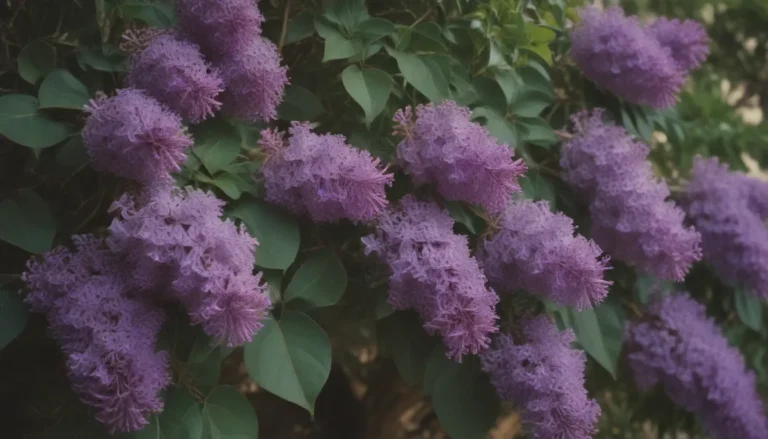How to Extend the Lifespan of Poinsettias: Tips for Keeping Them Healthy and Vibrant
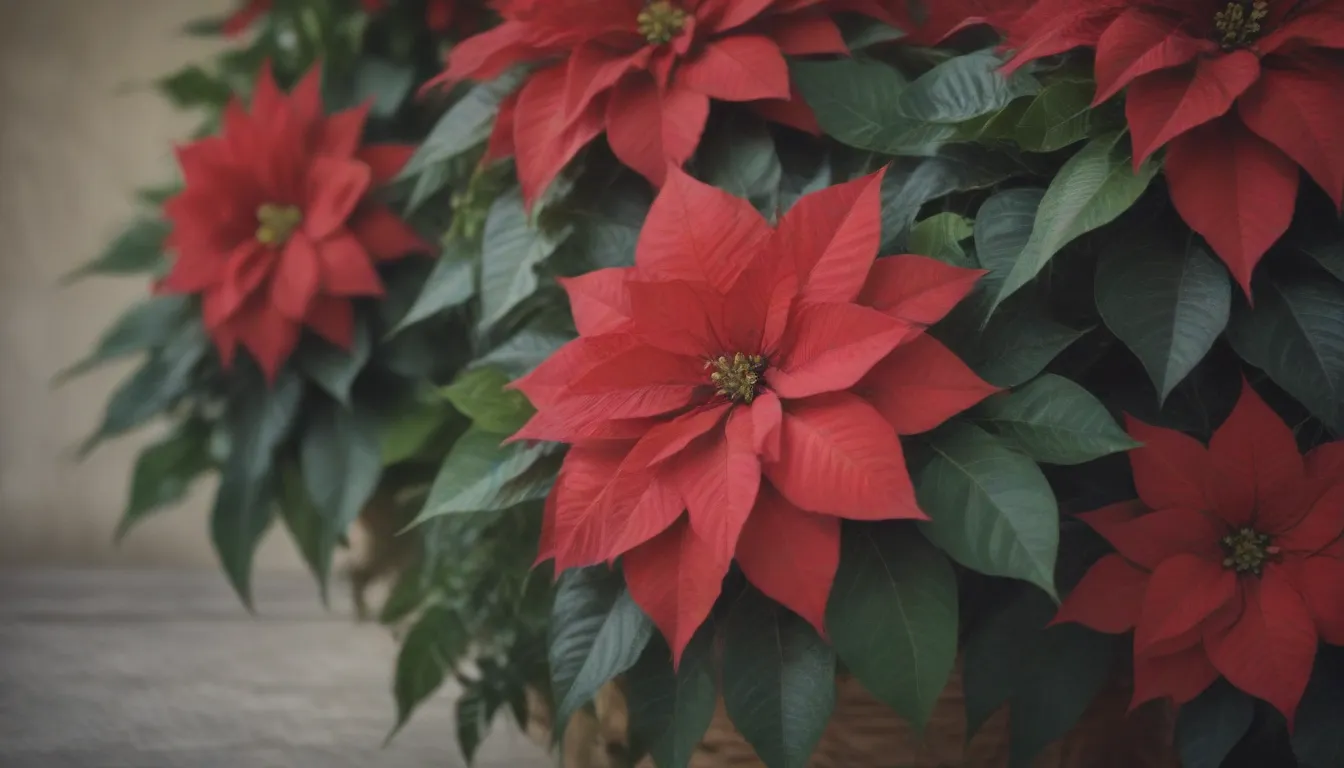
Poinsettias are a beloved Christmas plant, often given as gifts during the holiday season. While many people assume that poinsettias have a short lifespan and should be discarded once the holiday decorations come down, with the right care, these festive plants can thrive for much longer. In fact, with proper care, a poinsettia can last until March or April indoors and even be kept as a houseplant for 10 to 20 years!
So, how can you ensure that your poinsettia stays healthy and vibrant well beyond the holiday season? In this comprehensive guide, we will share expert tips and advice on extending the lifespan of your poinsettias, keeping them alive and thriving for as long as possible.
How Long Do Poinsettias Last Indoors?
When cared for correctly, indoor poinsettia plants can last until March or April and continue to produce vibrant red leaves. In their native habitat, poinsettias can grow into large shrubs and live for decades, but as houseplants, they will remain smaller in size. If you’re looking to keep your poinsettia alive year-round, it can potentially thrive for 10 to 20 years as a houseplant. However, it’s important to note that poinsettias are only hardy in USDA growing zones 9 to 11 if grown outdoors, and they are not tolerant of temperatures below 50°F.
How to Care for Poinsettias Indoors
Taking care of a poinsettia indoors is relatively simple, as long as you provide it with the right conditions. Here are some essential tips for keeping your indoor poinsettia healthy:
- Place the plant in a sunny window, preferably east-facing, in a warm room.
- Ensure the soil remains moist by watering the plant once a week.
- Check the soil moisture level regularly to determine when to water (usually when the top 2 inches of soil are dry).
- Remove the foil before watering and allow excess water to drain out completely.
- Avoid overwatering, as poinsettias do not like to sit in waterlogged soil.
- Provide bright, indirect light to prevent leaf burn.
- While the plant is flowering, no fertilization is necessary.
By following these care tips, you can help your poinsettia thrive and stay healthy indoors for an extended period.
Tips for Prolonging the Lifespan of Your Poinsettia
To maximize the longevity of your poinsettia, here are some additional tips to keep in mind:
- Start with a healthy, younger poinsettia for better longevity.
- Choose a plant with few flower buds and no yellow pollen, as these varieties tend to last longer.
- Monitor the plant for any signs of stress or pests and address them promptly.
- Rotate the plant periodically to ensure even growth and exposure to light.
- Avoid exposing the plant to drastic temperature changes or drafts.
- Keep the plant away from heating vents or cold drafts.
- Consider repotting the poinsettia if it outgrows its current container.
By following these additional tips, you can help prolong the beauty and lifespan of your poinsettia plant.
Signs It’s Time to Say Goodbye to Your Poinsettia
While poinsettias can live for an extended period with proper care, there may come a time when it’s best to part ways with your plant. Here are some signs that indicate it may be time to discard your poinsettia:
- Single-stem poinsettias that do not rebloom.
- Yellowing or dropping leaves that do not improve with care.
- Severe pest infestations that are difficult to control.
- Stunted growth or lack of new growth despite adequate care.
If your poinsettia displays any of these signs, it may be best to replace it with a new plant to enjoy the beauty of fresh foliage.
Keeping Your Poinsettia Alive Year-Round
While poinsettias are traditionally considered holiday plants, it is possible to keep them alive year-round as houseplants with some extra care. Poinsettias go through a dormancy period without foliage, which may not be aesthetically pleasing to some. However, with the right care, you can keep your poinsettia growing and thriving year-round.
To keep your poinsettia alive and healthy throughout the year, consider the following tips:
- Provide consistent care, including watering, light exposure, and fertilization.
- Trim back any leggy growth to encourage new growth and maintain a compact shape.
- Monitor for pests and diseases regularly and treat as needed.
- Consider repotting the plant if it outgrows its current container.
- During the dormancy period, reduce watering and provide minimal light to allow the plant to rest.
By following these guidelines, you can successfully keep your poinsettia alive and flourishing as a year-round houseplant.
How to Get Your Poinsettia to Rebloom
If you want your poinsettia to rebloom in time for the holidays, follow these steps to encourage flowering:
- Starting in October, provide complete darkness for 14 hours each night.
- Ensure the plant receives bright, indirect light during the day.
- Maintain this light exposure routine daily until flower buds start to appear.
- Stop fertilizing once the buds appear to encourage blooming.
With proper care and attention to lighting requirements, your poinsettia should begin to bloom in time for the holiday season.
In conclusion, poinsettias can be long-lasting and rewarding plants to care for with the right knowledge and attention. By following these tips and best practices, you can enjoy the beauty of your poinsettia well beyond the holiday season, making it a beloved addition to your indoor garden for years to come.
